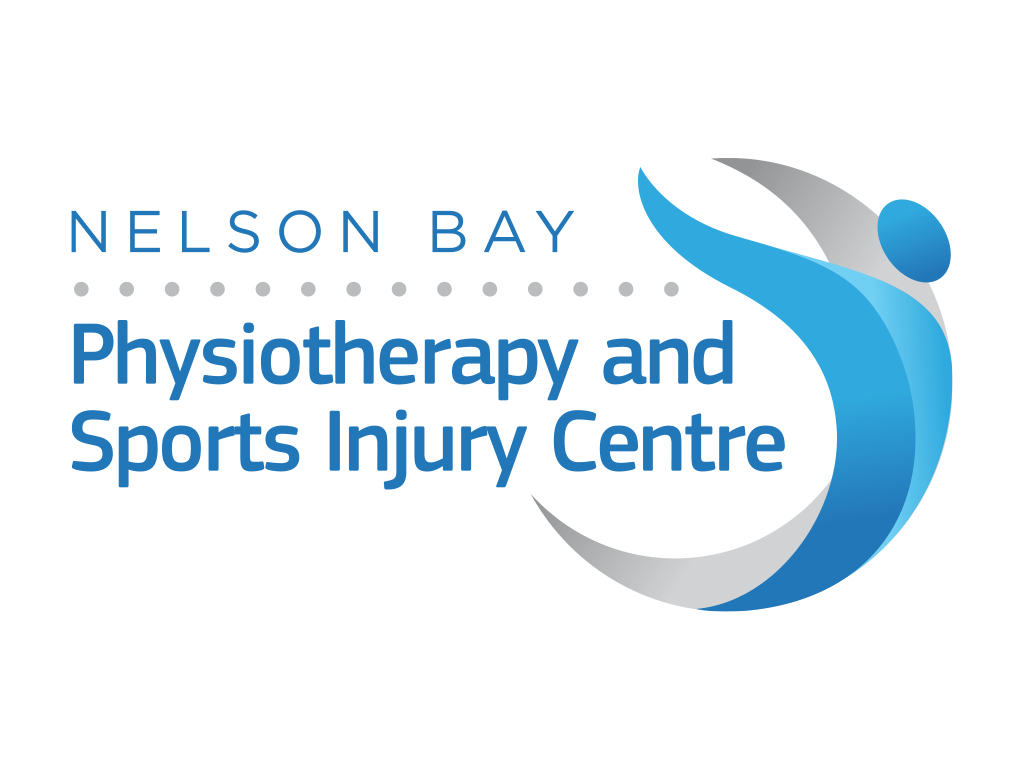Repetitive Strain Injuries – Part 2
February 04, 2021

Workplace Strains & Repetitive Strain Injuries
Do you experience soreness that becomes more noticeable by the end of the day or the end of your working week? This is how Repetitive Strain Injuries (RSI) behave in the early days of the injury. Then, with a weekend or few days off work, the symptoms calm down… only to return when work resumes.
RSI is an overload injury, caused by repeated movements that cause strain on the soft tissue which exceeds the body’s ability to recover. This causes inflammation which stimulates the sensation of discomfort. Over time, as the daily work demands continue, the pain increases to the point of creating pain and weakness. This weakness is often due to pain inhibition, which is not a true weakness but rather the body’s way of protecting itself from further harm.
The typical areas affected by RSI, in the office worker, include the forearm and elbow (e.g. tennis and golfer’s elbow), the wrist (e.g. carpal tunnel syndrome), the shoulder (e.g. impingement syndrome). Other areas include the neck, upper and lower back and the shoulder blade area – typically these are muscular pains that can feel great when applying heat or massage to the area.
If you are currently experiencing aches and pains that may be as a result of your work it is best to make a physiotherapy appointment sooner rather than later. Dealing with an injury that has been around for months is harder to settle than one that has only been there a short period of time.
Your physiotherapist can help with treating the symptoms and providing you with clear advice on how to alter the workplace to avoid irritating the condition – hence providing the injury with best environment to settle. Little changes to the workplace may include altering how you sit, the type of mouse/keyboard you use, advising on exercises and taking micro-breaks from your work. To assist with severe cases of RSI a more intensive approach may be required, including adjusting what you do outside of the workplace, addressing your sleep pattern, and introducing certain types of cardiovascular exercise into your week. Discussions with your GP may be required should scans or medication be required
Written by: Austin Wiehahn
